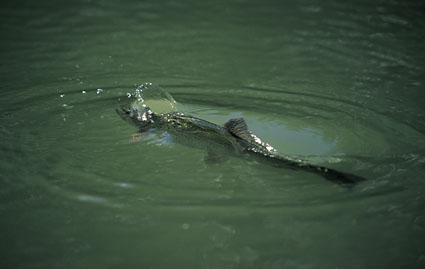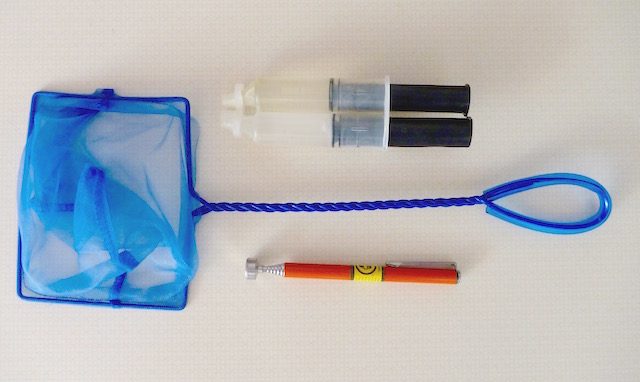Did you actually SEE a fish take a dun off the surface?
When I am in the middle of a bunch of fly fishers not catching a thing, STOP fishing and look very carefully at the water. Use a seine to see if there is something floating in or under the film.
Get low to the water so you can see along the surface and look at the rises. I would bet that the fish were not taking duns. I have been in a similar situations and the fish were actually taking flying ants that were in the film and could not be seen without using a seine.
If they were taking duns, then the problem is likely drag. I'd go to a longer and thinner and tippet and fish downstream with a parachute mend to feed the fly to the fish.
This sounds like a masking hatch situation. When you say the fish seem to be taking emergers, I need to ask whether you are familiar with rise forms.
If you look very carefully, you can tell how the fish took the aquatic insect, and where the insect was in the water column.
Here is an illustration from Field and Stream that shows:
1. A sipping rise to an insect trapped in or on the film, fine rings in the water = emerger, stillborn emerger, spinner, some small midges.
2. The slurping rise leaves a bubble, the fish's mouth breaks the surface to take a fully emerged insect = mayfly duns and other insects that have fully hatched.
3. The splashy rise, the fish slashes at the fly = typically a rise to caddis that can fly off immediately or a large terrestrial on the water like a grasshopper. The fish want the insect not to escape OR wants to beat another fish to the food.
4. The boil or head and shoulder rise. The water bulges but the fish's mouth does not break the water. The fish's shoulder or dorsal fin may break the water as the fish heads back down = The fish is feeding below the surface chasing nymphs or pupa that are rising in the water column to hatch. They are intercepting the food on the way to the surface and overshoot and break the surface or cause a bulge of water.
Look at the rise forms and examine them for 2 main factors.
(1) Where was the food when it was taken? ON the file, IN the film, or UNDER the film and if so, HOW FAR UNDER?
(2) How energetic is the rise form. Low energy like a sip mens the food is TRAPPED like a spinner, stillborn, ant, etc. Moderate energy in or under the film could be an early stage mayfly emerger. Energetic in or under the film is likely caddis emerger of a pupa rising to emerge.
Finally, in masking hatches SIZE matters. Look very carefully to see if there is an even smaller insect hatching like midges or BWO's. Many times the fsih are feeding on the smaller insect.
The key is to to STOP fishing and observe and break out the seine.
When the fish are feeding in film or just under it, here are several techniques you probably didn't try.
You can try a floating nymph which is nymph with a ball of fuzz or foam at the thorax.
Floating Nymphs
You can try the
greased leader tactic with a nymph or an emerger.
If the fish were bulging like they when chasing caddis pupa, you can try the Leisering Lift.




.jpg)
.jpg)





